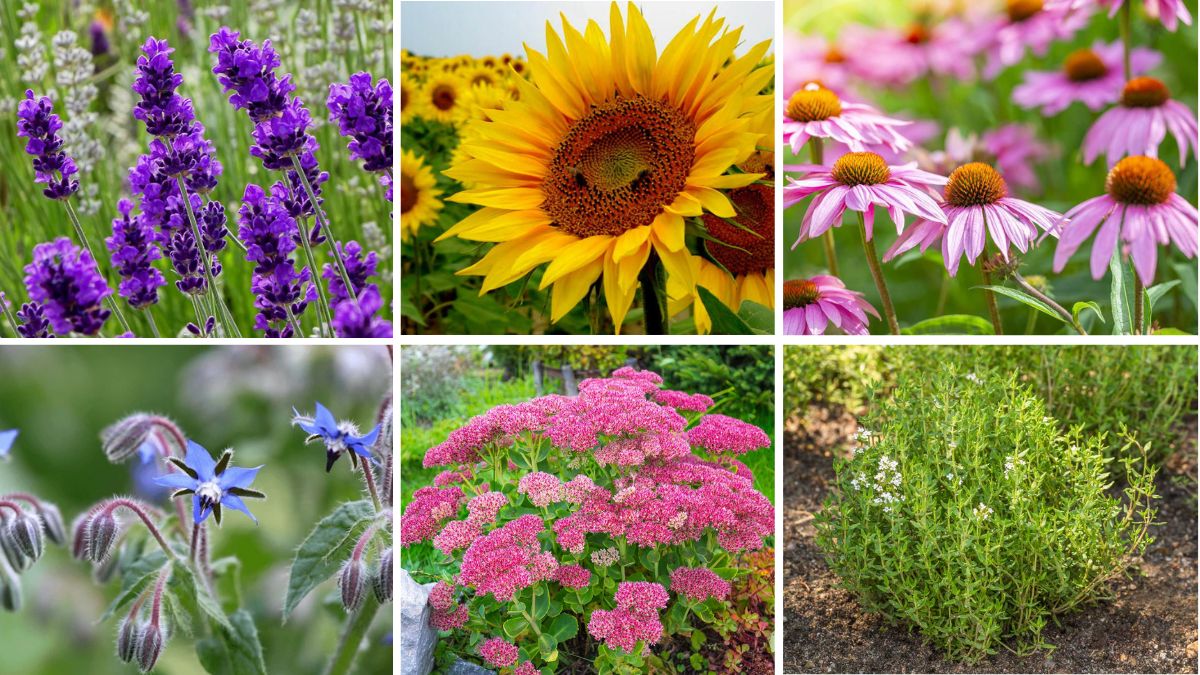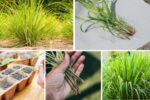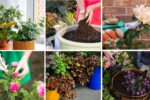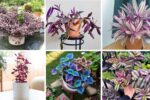Bees play a crucial role in pollination, supporting both natural ecosystems and food production. Creating a garden that attracts and nurtures bees helps promote biodiversity and ensures the health of these vital pollinators. Choosing the right plants rich in nectar and pollen is key to welcoming bees. Whether you have a large garden or a small balcony, these six plants are proven favorites of bees and will encourage them to visit your green space again and again.
1. Lavender (Lavandula angustifolia)
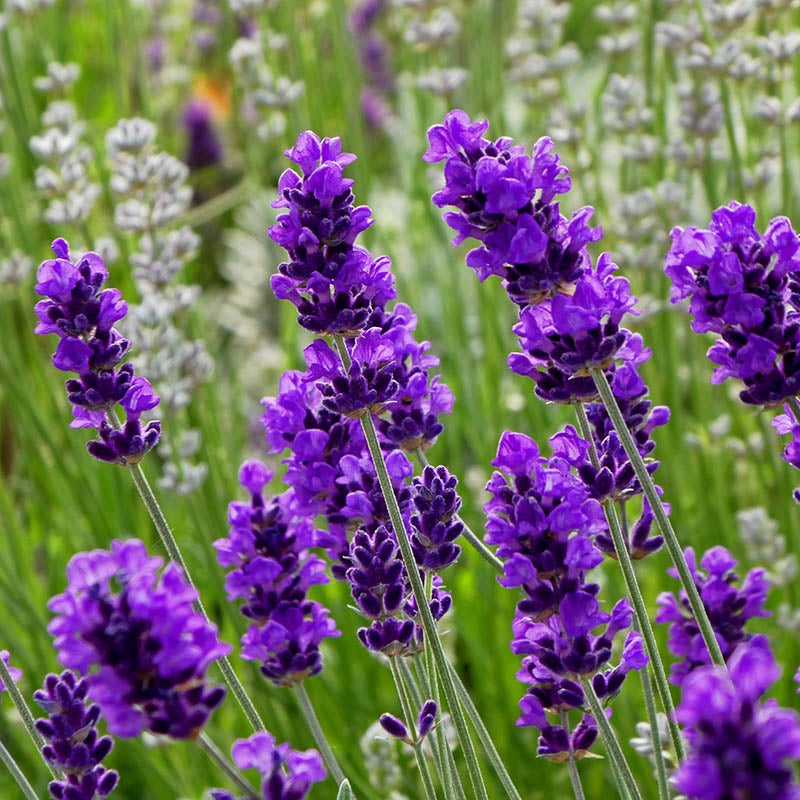
Lavender’s fragrant purple flowers are a magnet for bees. Its abundant nectar makes it one of the most bee-friendly plants you can grow. Thriving in full sun with well-drained soil, lavender blooms for weeks, providing a reliable food source. Beyond attracting bees, it adds beauty and a soothing aroma to gardens and patios alike.
2. Sunflower (Helianthus annuus)
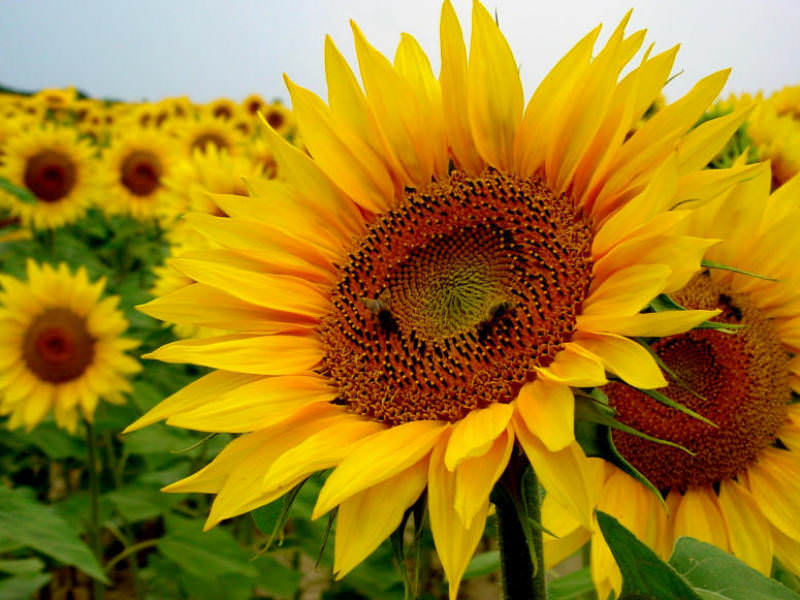
Sunflowers are not only cheerful and tall but also highly attractive to bees. Their large, open faces offer easy access to pollen and nectar. Sunflowers bloom during the warm months, supporting bees when they need food most. They’re great for gardens of all sizes and can be grown in containers or flower beds.
3. Coneflower (Echinacea purpurea)
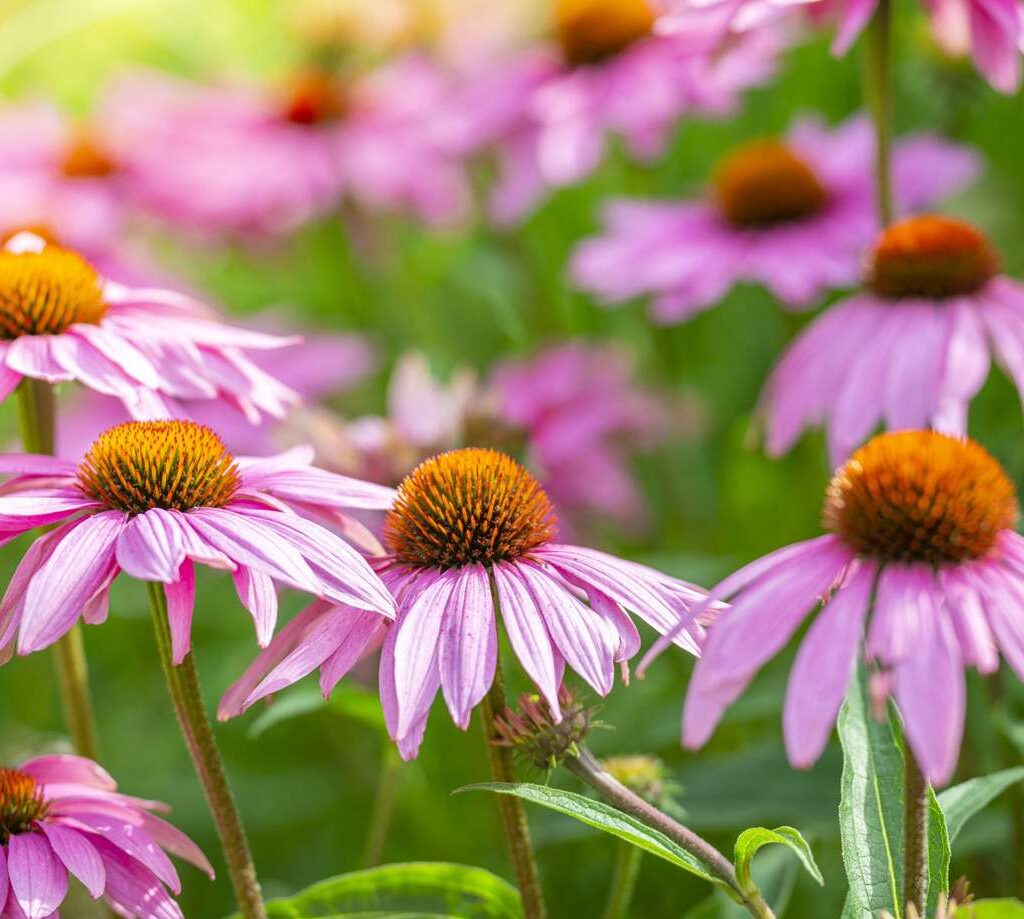
Coneflowers produce vibrant, daisy-like flowers rich in nectar that draw many species of bees. Their sturdy petals and prominent centers provide a perfect landing spot. Coneflowers bloom through summer and into early fall, making them excellent for sustained bee visits throughout the season.
4. Borage (Borago officinalis)
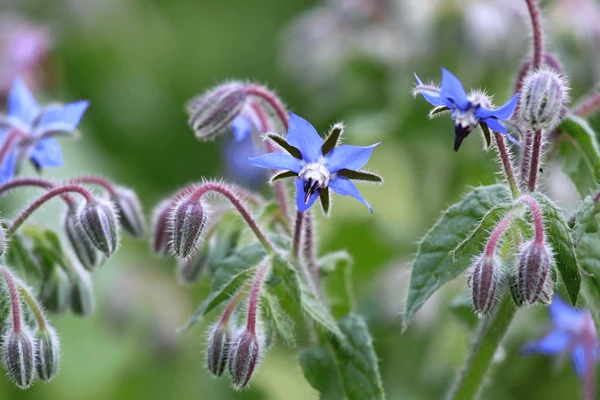
Borage’s star-shaped blue flowers are a favorite among bees due to their high nectar content. This hardy herb blooms repeatedly and is easy to grow in garden beds or pots. Borage not only attracts bees but also improves soil health, making it a valuable companion plant.
5. Thyme (Thymus vulgaris)
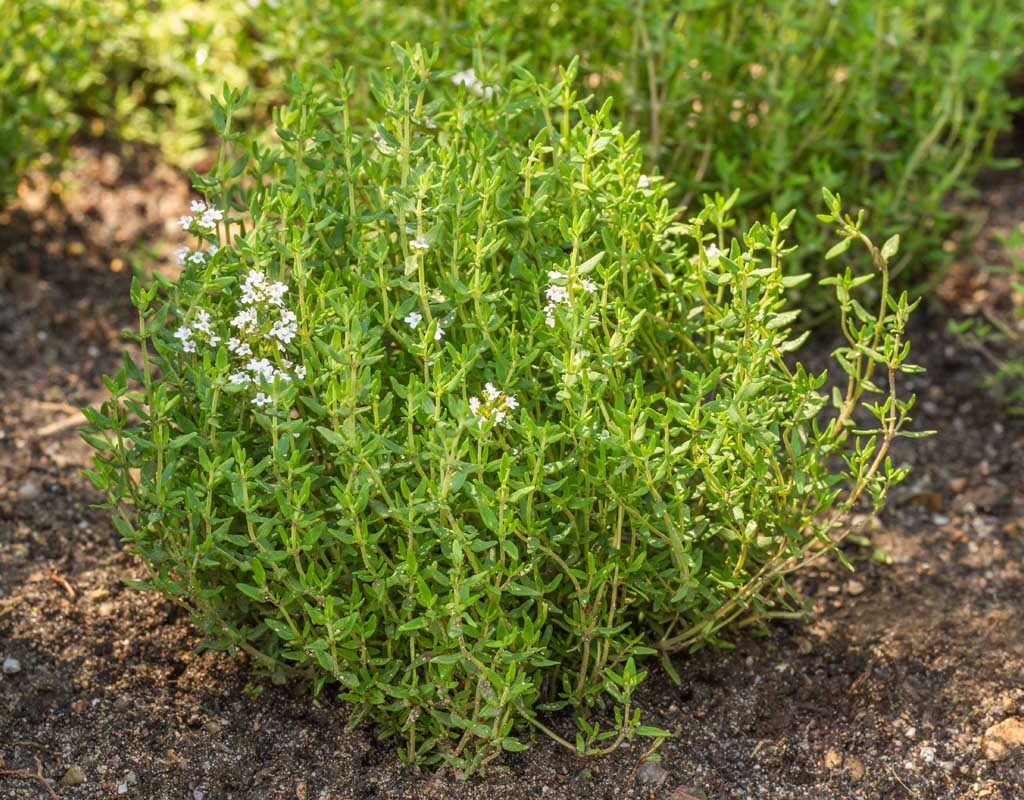
Thyme is a low-growing herb with tiny purple flowers that produce abundant nectar. It’s perfect for ground cover or container gardens and thrives in sunny, dry conditions. Bees flock to thyme flowers, especially in late spring and summer, making it a superb choice for bee-friendly gardening.
6. Sedum (Sedum spp.)
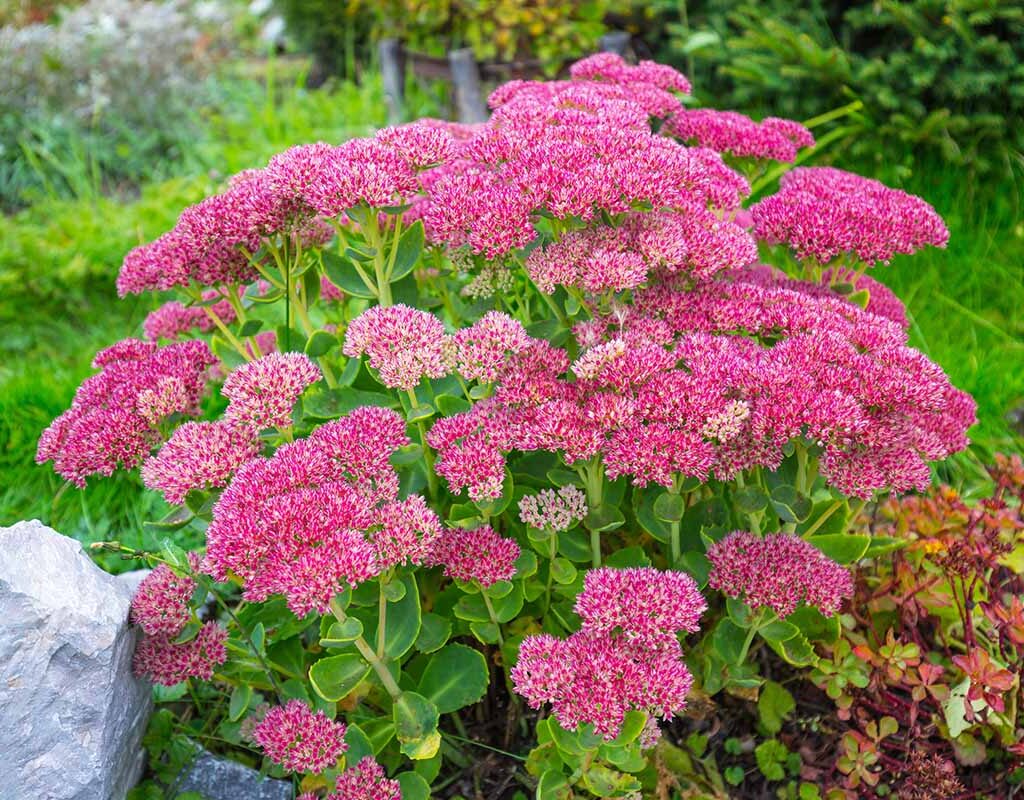
Sedums, also known as stonecrops, bloom late in the season when nectar can be scarce. Their clusters of small flowers attract bees preparing for winter. These drought-tolerant succulents thrive in sunny locations and add texture and color to gardens while supporting vital pollinators.
